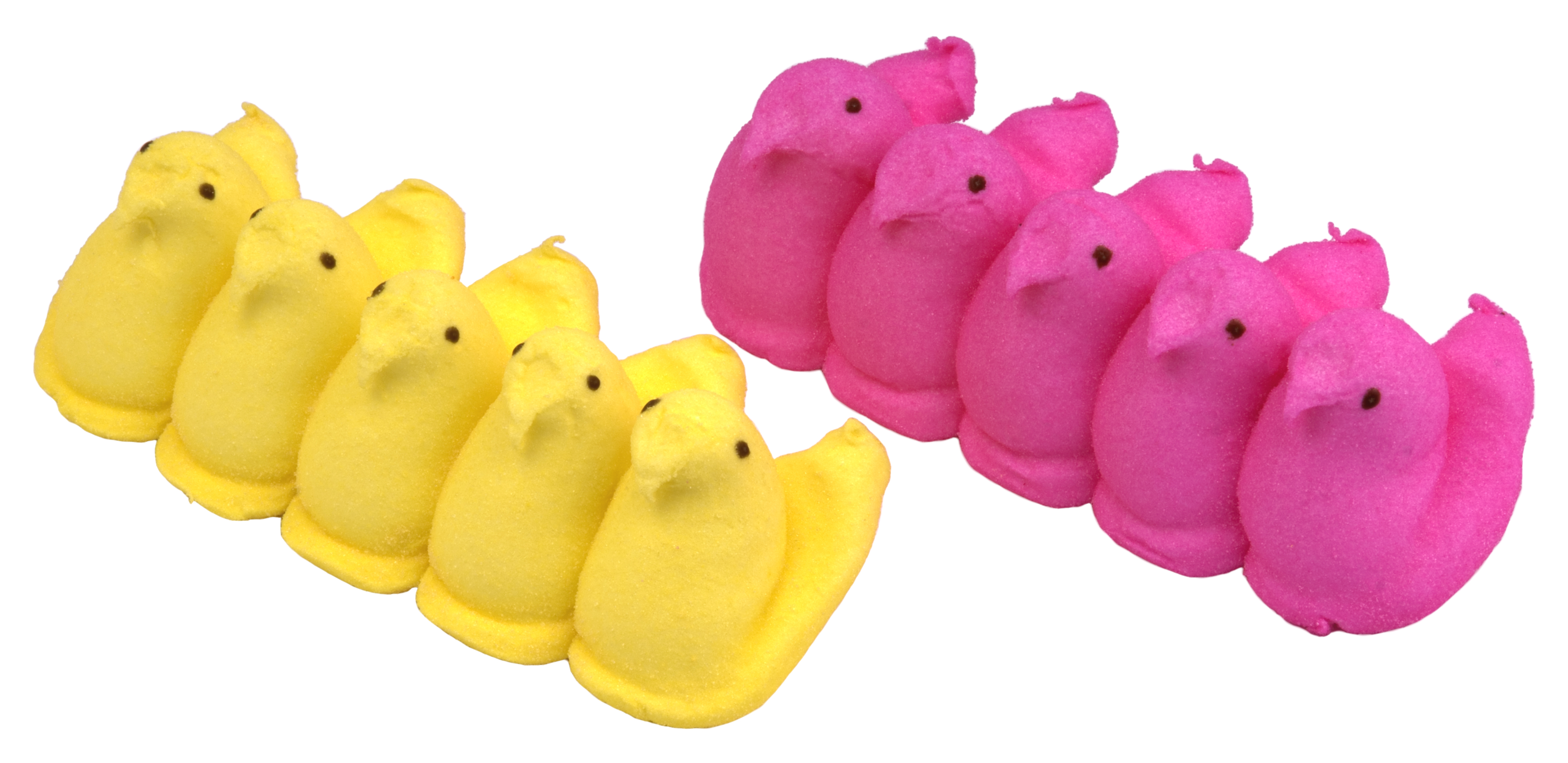Now, if you'd like to know how to make your own pool of cornstarch you can run across, you can follow Steve Spangler's instructions. You'll need:
- a container that is 7 feet long, 3 feet wide and about 1.5 feet deep
- roughly 2,400 pounds of cornstarch
- 240 gallons of water
- a cement mixer truck
How does this demo work?
Cornstarch is simply starch derived from corn. "It is ground from the white endosperm at the heart of a kernel of corn. Cornstarch is used as a thickening agent in cooking, a health-conscious alternative to talc, and the main ingredient in a biodegradable plastic." (source)
When mixed with water, one concocts a fabulous substance affectionately referred to as oobleck, after the Dr. Seuss book. Real oobleck is made up of tiny, solid particles of cornstarch suspended in water.
From an Exploratorium source,
When you bang on it with a spoon or quickly squeeze a handful of Ooze, it freezes in place, acting like a solid. The harder you push, the thicker the Ooze becomes. But when you open your hand and let your Ooze ooze, it drips like a liquid. Try to stir the Ooze quickly with a finger, and it will resist your movement. Stir it slowly, and it will flow around your finger easily.Other non-Newtonian liquids include ketchup and quicksand. Check out the Science Friday video for other cool info and experiments.
Your finger is applying what a physicist would call a sideways shearing force to the water. In response, the water shears, or moves out of the way. The behavior of Ooze relates to its viscosity, or resistance to flow. Water's viscosity doesn't change when you apply a shearing force--but the viscosity of your Ooze does.
Back in the 1700s, Isaac Newton identified the properties of an ideal liquid. Water and other liquids that have the properties that Newton identifies are call Newtonian fluids. Your Ooze doesn't act like Newton's ideal fluid. It's a non-Newtonian fluid.
What else can I do with cornstarch or oobleck?
You can put oobleck on a speaker and watch it (awesome clip #1 - oobleck starts at :58), awesome clip #2, awesome clip #3) Even The Big Bang Theory found this entertaining:
And apparently, according to the Hodgson company, there are about 1 million other uses for cornstarch.
You can read more about oobleck and quicksand on Steve Spangler's blog.

















